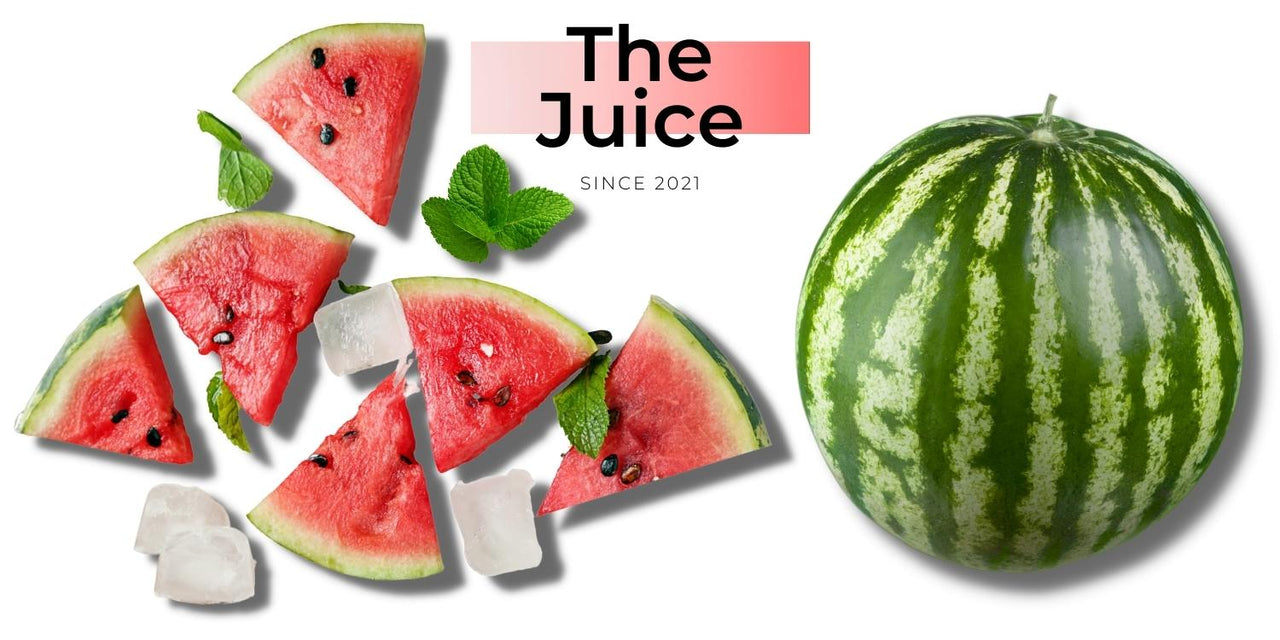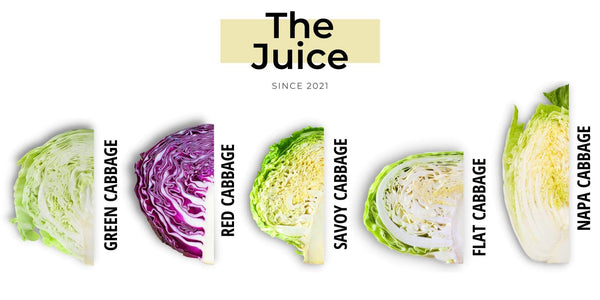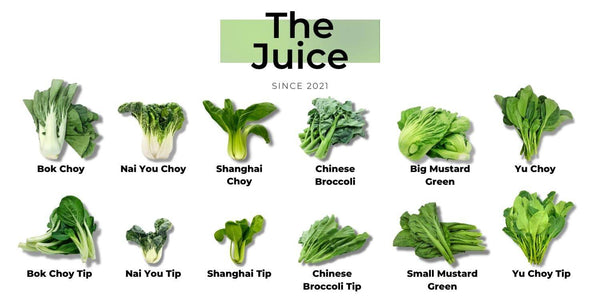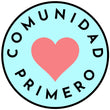Summer is only complete with watermelon. Watermelon is crisp, juicy, and sweet. The refreshing flavor helps to cool down the summer heat. Especially when we are going through a heat wave. Watermelon almost always comes in a bin; with so many choices, it may be difficult to make the decision on which watermelon to buy. By now, most people will try to pick the biggest watermelon because it's more bang for the buck. However, there's much more to consider than the size of the watermelon. Read our guide to pick the best watermelons out of the bin.
How to pick watermelon?
Watermelon is made up of more than ninety-two percent water. The water content is what makes the fruit heavy and juicy. A great choice for staying hydrated during the summer months. The key to choosing the best watermelon is to feel the weight of the fruit first. Pick up a few fruits from the bin to compare and take the heaviest watermelon for its size. Our standard bins are 36 counts (weighs 18 to 22 lbs per fruit) and 45 counts (weighs 14 to 17 lbs per fruit). After getting a feel of the watermelon weight, you should look for the following:
Shape
The shape of the watermelon is a big clue for the watermelon flavor. Elongated watermelon has a watery taste while the round, more uniform-shaped watermelon has a sweet flavor. This is because the sugar level is more concentrated in the uniform-shaped watermelon. Oftentimes, elongated watermelon is referred to as male watermelon and round watermelon is referred to as female watermelon. However, there is no actual gender difference in a watermelon. The truth is watermelon vines have male and female flowers but only the female flower produces fruits. The male flowers just pollinate the female flowers with the help of honeybees.
Field Spot
The field spot is where the watermelon lays in the field. Look for dark yellow to orange spots for a sweet flavor. The white spot represents under-ripe watermelon with a bland taste. Keep in mind that watermelon does not ripen post-harvest. Thus, choosing a good watermelon from the get-go is the way to go. The field spot is a great indicator of the amount of time the watermelon spends ripening on the vine. The longer the time, the darker the color of the field spot and the higher the sugar content.
Webbing
Webbing refers to brown spots with cracking patterns and vein-like webbing lines on the watermelon. These are also known as sugar spots. Webbing happens due to honey bees pollinating the watermelon flower and scarring the membranes that later form the fruit. More pollination leads to larger webs and extra sweetness. This is a sign that the melon is seeping out sugar. Sometimes, you may even see black hard globs seeping out. This is sugar and not insects or rotting. Do not be confused.
Skin Color
Skin color also indicates watermelon ripeness. Watermelon with light, shiny skin is likely under-ripe and bland. As the watermelon ripens, the skin becomes dark and dull with a sweet flavor. Look for strong contrast on the watermelon stripes. The green stripes should be deep, dark green and the pale stripes should be creamy green.












